Disclosure: This article contains affiliate links. We may earn a commission from purchases at no extra cost to you, which helps our travel content.
When most visitors think of Dominican Republic cuisine, they envision the sanitized buffet lines of all-inclusive resorts. But after completing the Santo Domingo Marathon last year, I decided to extend my stay with a week-long exploration of San Pedro de Macorís, a coastal city often overlooked by tourists seeking Punta Cana's manicured beaches. What I discovered was a vibrant culinary landscape that tells the story of Dominican culture through its food - influenced by Spanish, African, and Taíno indigenous traditions. As a sustainability professional who's spent years analyzing resource consumption, I've found that experiencing a destination through its local food systems offers not just authentic flavors, but a lower environmental footprint than resort dining. This guide shares how families can dive into San Pedro's food scene responsibly, supporting local businesses while creating meaningful connections that all-inclusive experiences simply can't provide.
Navigating San Pedro's Mercado Municipal
The heartbeat of any Dominican city's food culture is its central market, and San Pedro's Mercado Municipal doesn't disappoint. Located just a 10-minute taxi ride from the city center (approximately 200 pesos/$3.50 USD), this sprawling market operates daily from 7am to 5pm, though I'd recommend arriving before 11am when produce is freshest and the energy most vibrant.
On my first morning in San Pedro, I arrived at the mercado armed with my trusty reusable produce bags - an essential for any eco-conscious traveler looking to minimize plastic waste while shopping. The market's layout initially seems chaotic, but there's an intuitive organization once you spend time exploring. Fresh produce occupies the eastern section, with vendors proudly displaying mountains of tropical fruits - mangos, passion fruit, and the Dominican staple, plantains.
What makes this market particularly family-friendly is the opportunity for children to engage with foods they may never see at home. My friend's daughter, who joined me on a subsequent visit, was fascinated by the variety of exotic fruits and the vendors were delighted to offer samples, turning shopping into an educational experience.
The northern section houses the protein options – fresh fish delivered daily from nearby waters, and various meat vendors. The western area is where you'll find spices, dried goods, and household items. For families, I suggest bringing small denominations of Dominican pesos, as most vendors don't accept credit cards or make change for large bills.
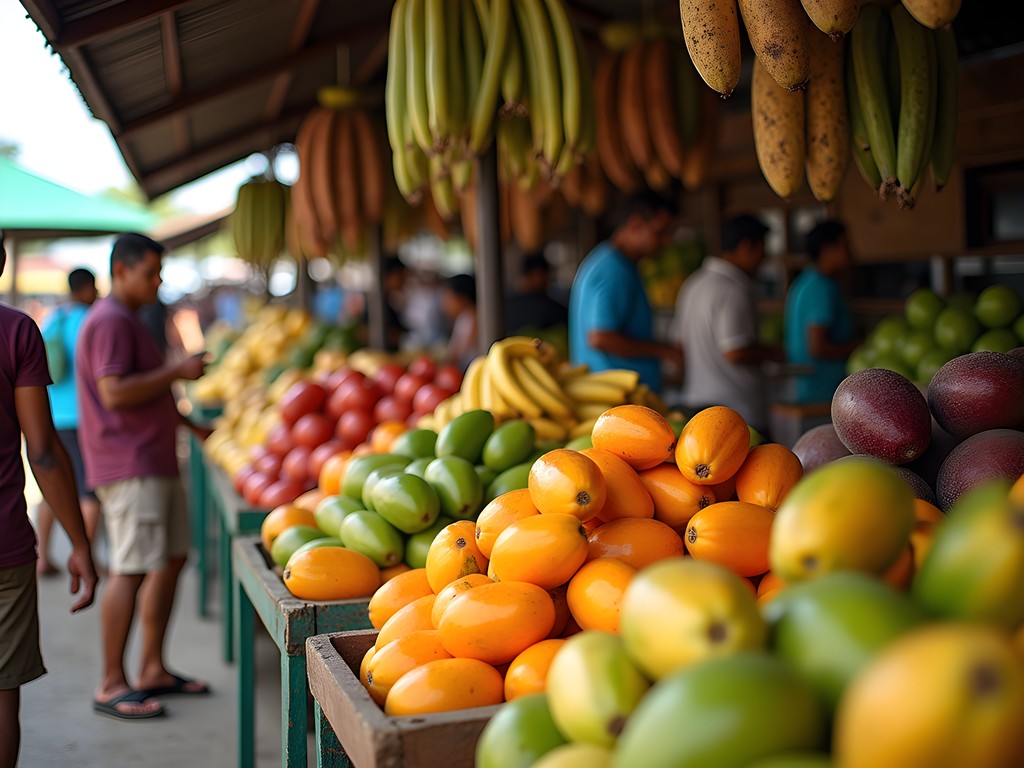
💡 Pro Tips
- Visit between 8-10am for the freshest selection and avoid midday heat
- Bring small bills (50 and 100 peso notes) as vendors rarely have change for 500+ peso bills
- Learn basic Spanish food terms before visiting - a little language goes a long way
Family-Friendly Comedores: Where Locals Truly Eat
While resort dining offers convenience, the soul of Dominican cuisine lives in its comedores - small, family-run eateries serving hearty, affordable meals. These establishments typically offer a 'menu del día' (daily menu) that includes a protein, rice, beans, and often a small salad for around 200-300 pesos ($3.50-$5.50 USD) per person.
My favorite discovery was Comedor Doña Clara, located three blocks east of Parque Central. This unassuming spot with plastic chairs and vibrant tablecloths serves what locals confirmed is the most authentic sancocho (a hearty meat and vegetable stew) in the city. What makes comedores ideal for families is their flexibility – most are happy to accommodate children's preferences with simpler versions of dishes.
Another standout is Comedor El Malecón near the waterfront, where the pescado con coco (fish in coconut sauce) showcases the coastal influence on regional cuisine. The owner, Miguel, speaks some English and takes particular pride in explaining dishes to visitors.
As someone who tracks both environmental impact and budget, I appreciate that comedores source ingredients locally, often from the same mercado vendors I'd visited earlier. The short supply chain means fresher food with a lower carbon footprint than imported resort ingredients.
When dining with children, I've observed that Dominican families typically bring small activities to keep kids engaged between courses, as service can be leisurely. I recommend following their lead by packing a travel card game that won't take up much space in your day bag but provides entertainment during wait times.
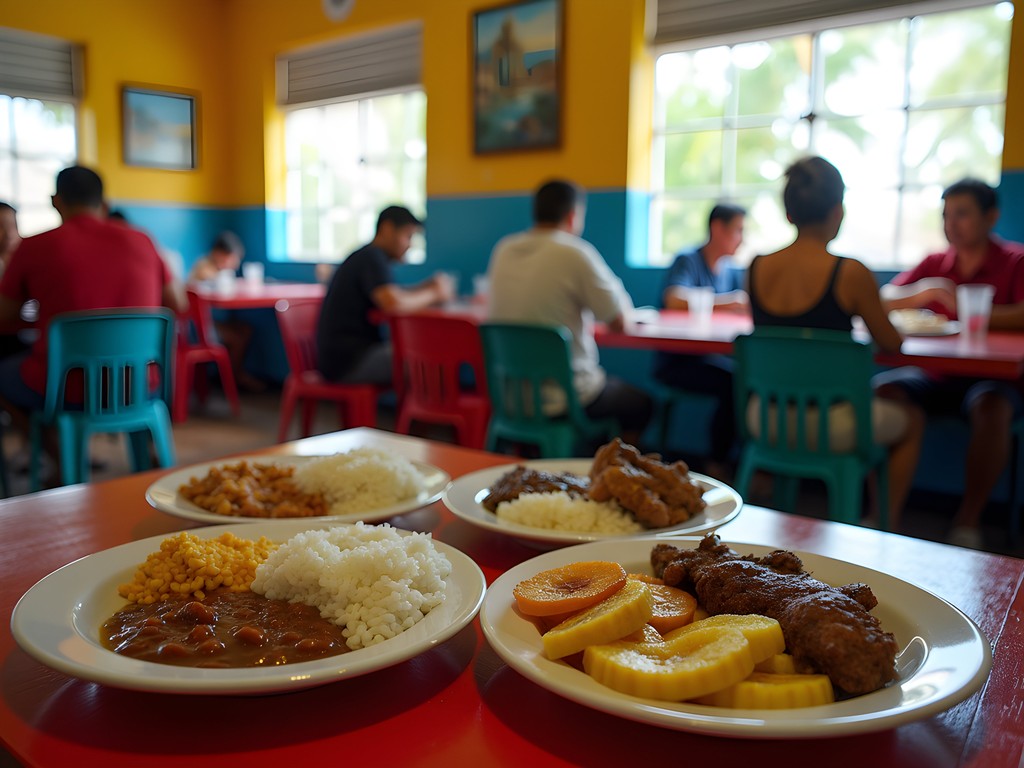
💡 Pro Tips
- Lunch (12-2pm) is typically the largest meal of the day with the most options
- Ask for 'picante al lado' if ordering for children, as this serves any spicy sauce on the side
- Most comedores don't have high chairs - bring a portable cloth seat if traveling with toddlers
Sweet Traditions: Dulcerías and Dessert Culture
Dominican dessert culture deserves special attention, particularly for families traveling with children. San Pedro de Macorís has a rich heritage of sweet treats influenced by its sugar production history, and exploring local dulcerías (sweet shops) offers both cultural insights and delicious rewards.
Dulcería Doña Tatiana, a short walk from Parque Central, has been operated by the same family for three generations. Their specialties include dulce de leche cortada (a sweet milk curd dessert), habichuelas con dulce (sweet cream of beans, which tastes far better than it sounds), and my personal favorite, dulce de coco (coconut dessert).
What fascinated me was learning how these desserts reflect the resourcefulness of Dominican culinary traditions. Many recipes originated during times when imported goods were scarce, forcing creative use of local ingredients like coconut, sugarcane, and even beans.
For families with food allergies or dietary restrictions, dulcerías can be navigated safely with some preparation. I always travel with my pocket translator which helped me clarify ingredients with vendors who didn't speak English. Most traditional Dominican desserts are gluten-free by nature, though dairy is common.
If you're staying in accommodations with a kitchen, consider taking a dulce-making class. Doña Tatiana offers informal lessons with advance notice (arrange through your accommodation), where children can participate in making simple versions of traditional sweets – an educational activity that results in delicious souvenirs.
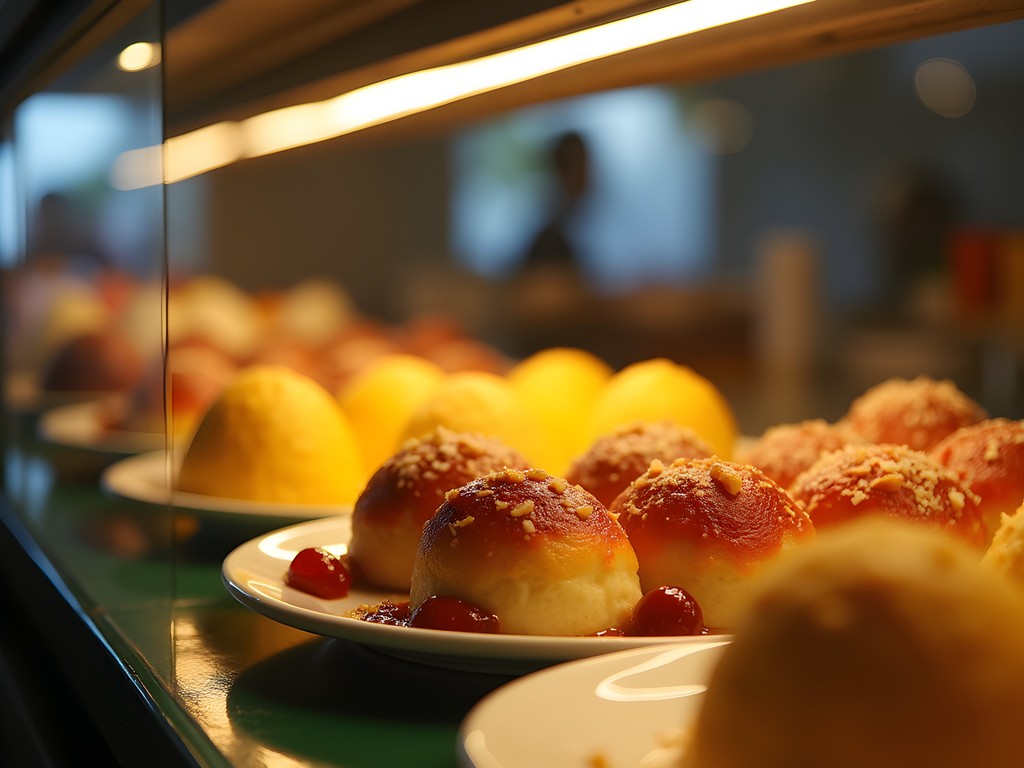
💡 Pro Tips
- Most dulcerías are closed on Mondays - plan accordingly
- Portion sizes are generous - consider sharing among family members
- Ask for 'para llevar' (to go) if you want to take treats back to your accommodation
From Sea to Table: Coastal Seafood Experiences
San Pedro de Macorís's coastal location provides exceptional seafood opportunities that surpass anything you'll find at resort buffets. As someone who analyzes supply chains professionally, I appreciate the sustainability of eating locally-caught fish served within hours of harvest.
The Malecón (waterfront) area features several open-air seafood restaurants where the day's catch becomes the evening's menu. My analytical approach to finding the best spot was simple: I looked for restaurants filled with local families rather than tourists. This led me to Mariscos del Puerto, where fishermen deliver their catch directly to the kitchen.
For families, these seafood experiences offer more than just meals – they provide educational opportunities. At several restaurants, including Mariscos del Puerto, children can watch as fishermen bring in their boats in the late afternoon. The staff is generally happy to explain different fish varieties if you express interest.
A particularly memorable experience was a morning visit to the fishing dock at 6:30am, where I watched the day's catch being sorted and sold. This isn't a formal tourist attraction but rather a glimpse into daily Dominican life. Families with early-rising children will find this fascinating, though be prepared for authentic sights and smells of a working dock.
For those staying multiple days, I recommend bringing a insulated water bottle on these coastal explorations. The Dominican sun is intense along the waterfront, and staying hydrated with cold water makes the experience more comfortable, especially for children. This sustainable option also prevents adding to the plastic waste problem affecting coastal areas worldwide.

💡 Pro Tips
- Seafood is typically priced by weight - ask about cost before ordering to avoid surprises
- The freshest options are available Tuesday through Sunday (many fishermen don't work Mondays)
- If you have shellfish allergies, clearly communicate 'alergia a mariscos' as cross-contamination is possible
Cacao Connections: Bean-to-Bar Chocolate Experiences
While the Dominican Republic is world-renowned for cacao production, few visitors venture beyond mass-produced chocolate bars. San Pedro de Macorís offers opportunities to experience authentic Dominican chocolate culture through small-scale producers committed to sustainable practices.
Cacao San Pedro, a family operation located about 15 minutes from the city center by taxi, provides tours of their small chocolate production facility. Unlike commercial operations, their process honors traditional methods while incorporating modern quality standards. The tour costs 350 pesos (about $6 USD) per person, with children under 10 free, making it an affordable family activity.
What makes this experience particularly valuable for families is its educational component. Children learn about the journey from cacao pod to chocolate bar, including sustainable farming practices that protect the environment. The hands-on portion allows visitors to participate in grinding cacao nibs and mixing chocolate – activities that keep younger visitors engaged.
As someone who evaluates sustainability initiatives professionally, I was impressed by Cacao San Pedro's commitment to fair wages for farmers and environmentally responsible practices. Their single-origin chocolate bars make excellent souvenirs that support the local economy rather than multinational corporations.
For families planning multiple stops in the Dominican Republic, I recommend packing cubes to keep chocolate purchases protected from heat and separated from other items in your luggage. Dominican chocolate has a different texture than American varieties and can melt more easily due to its higher cacao butter content and fewer preservatives.
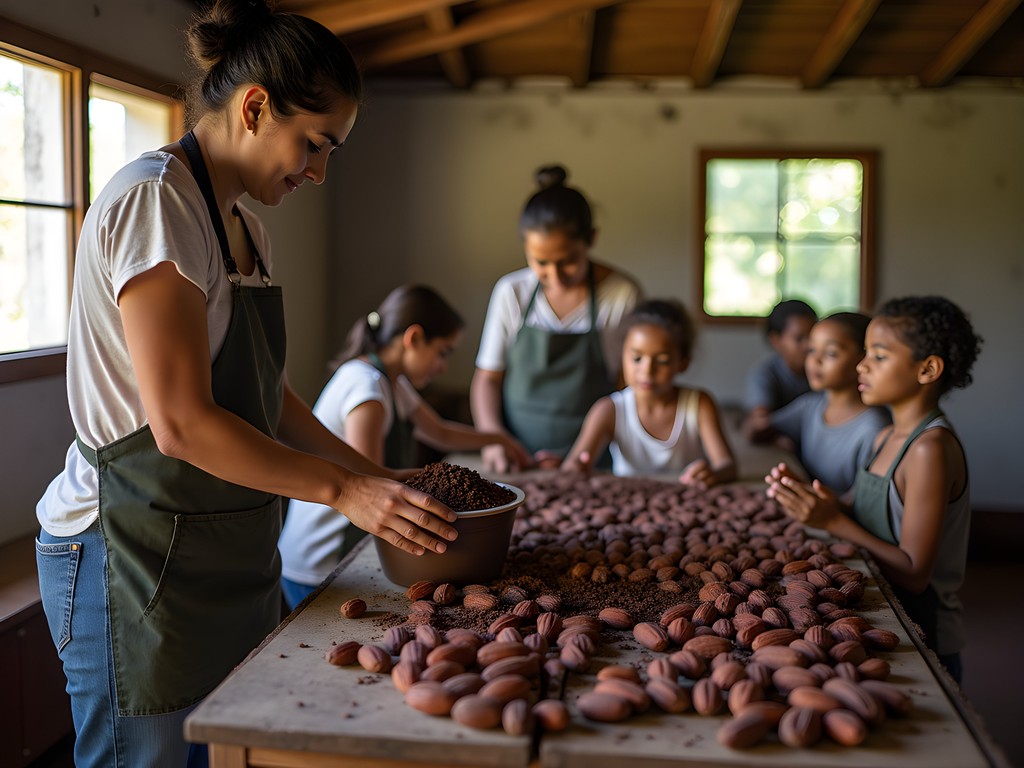
💡 Pro Tips
- Call ahead to confirm tour availability (tours run Tuesday, Thursday, and Saturday at 10am)
- The facility isn't air-conditioned - visit in morning hours for comfort
- Bring cash as credit cards aren't accepted for purchases of chocolate products
Final Thoughts
My week exploring San Pedro de Macorís's authentic food scene reinforced what I've observed in destinations worldwide: the most meaningful, sustainable, and economical travel experiences often happen when we step beyond tourist enclaves. For families seeking to connect with Dominican culture, food offers the perfect gateway – accessible to even picky eaters while providing windows into local traditions and daily life. By shopping at mercados, dining at comedores, and engaging with small-scale producers, you're not just experiencing more authentic flavors; you're directing your tourism dollars where they create the most positive impact for local communities. Whether you're sampling freshly caught seafood along the Malecón or watching your children's faces light up as they taste tropical fruits for the first time, San Pedro's culinary landscape offers the kind of genuine connections that resort dining simply can't match. These are the experiences that transform a vacation into something more meaningful – both for your family and for the destination you're privileged to visit.
✨ Key Takeaways
- Local markets and comedores offer authentic Dominican flavors at a fraction of resort prices
- Food experiences provide educational opportunities for children to learn about Dominican culture
- Supporting small-scale food producers creates positive economic impact in local communities
- Coastal seafood and cacao experiences showcase San Pedro's unique culinary heritage
📋 Practical Information
Best Time to Visit
year-round (November-April offers milder temperatures)
Budget Estimate
$30-50 per day for food experiences for a family of four
Recommended Duration
3-4 days minimum to explore food highlights
Difficulty Level
Beginner

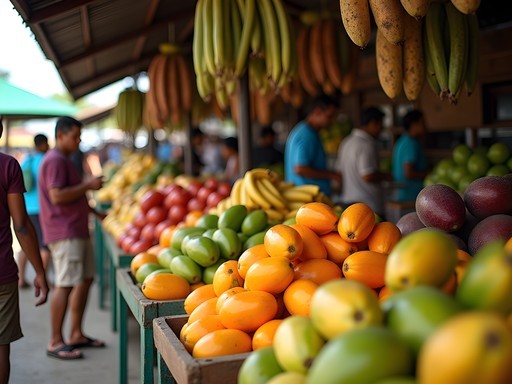
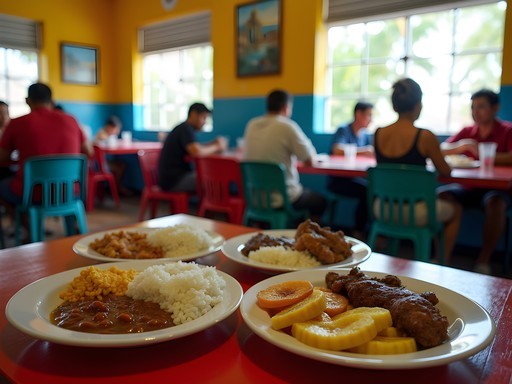
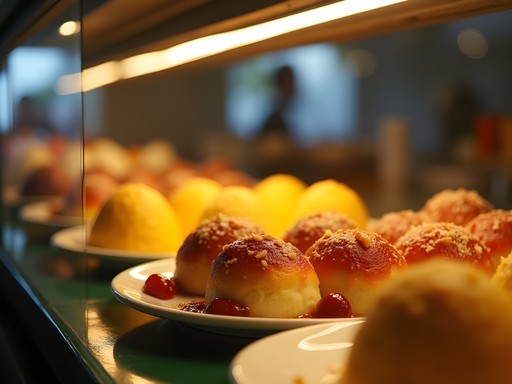
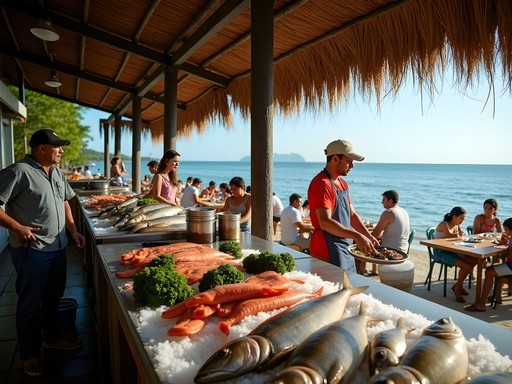
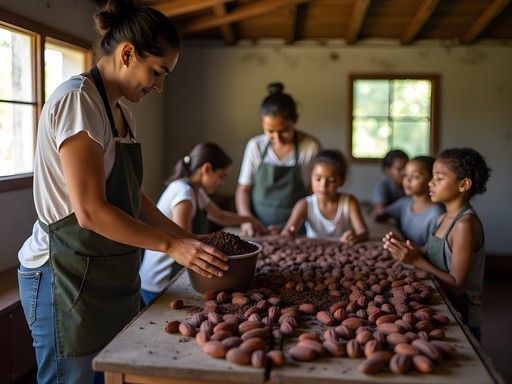









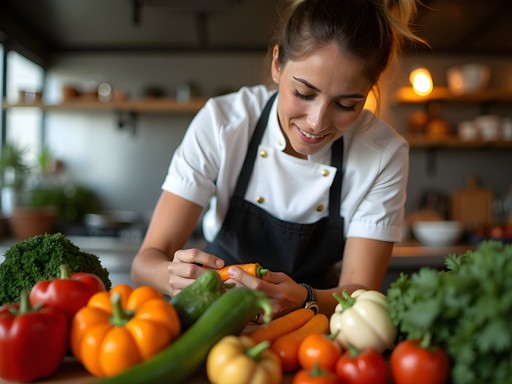
Comments
Taylor Moreau
I've been traveling to San Pedro de Macorís regularly for business over the past decade, and it's refreshing to see someone highlight the authentic food scene. The Mercado Municipal has changed so much yet somehow stayed exactly the same. For anyone visiting, don't miss the small juice stand at the north entrance - their passion fruit juice is extraordinary. Joshua, did you happen to try the goat stew at Comedor El Chivo? It's a bit off the tourist path but has been my Thursday lunch tradition for years. The economic impact of tourists seeking authentic experiences rather than staying resort-bound cannot be overstated for these communities.
Joshua Stewart
I missed El Chivo! Adding it to my list for next time. And yes, that juice stand is incredible - I became addicted to their guanábana smoothies!
happyfan
Love this! Those mofongo pics are making me drool. Saving this for our trip in December!
Bryce Diaz
Joshua, your post brought back memories of my trip there last summer! I stumbled upon that same seafood shack by the beach where the fishermen bring in their daily catch. The owner, Miguel, actually took me out on his boat the next morning to see how they catch the red snapper. One tip for anyone heading there: bring cash as most local spots don't take cards, and I found having a pocket phrasebook absolutely essential for ordering food. The dulcerías section of your post is spot on - that coconut candy from the elderly lady near the church square was life-changing!
happyfan
Was Miguel the guy with the blue boat? He took us fishing too! Such a character!
Bryce Diaz
Yes! Blue boat with the faded mermaid painted on the side. Small world!
redqueen
Which comedor had the best sancocho? Going there next week!
Joshua Stewart
Comedor Doña Maria near the baseball stadium had my favorite sancocho - rich, flavorful, and they're super friendly!
coffeeway
Those mangú breakfast photos are making me hungry! We did the same thing last year - ditched the resort food for local spots. Best decision ever!
explorewanderer
This is exactly what I've been looking for! We're staying at a resort in Punta Cana next month but want to explore real Dominican food. How difficult is it to get from the resort areas to San Pedro de Macorís? Is it safe for tourists who speak minimal Spanish?
Joshua Stewart
Thanks for reading! It's about a 45-minute drive from Punta Cana to San Pedro. You can arrange a taxi through your resort (more expensive) or use Uber (more affordable). Most vendors at the Mercado Municipal speak some English, and I found people incredibly patient with my broken Spanish. Just learn a few basic phrases and you'll be fine!
explorewanderer
That's super helpful, thanks! Definitely going to try those comedores you mentioned.
islandhopper22
Saving this for my trip next month! Thanks!
marathon_mike
Great post! I'm also running the Santo Domingo Marathon this year. How was your race experience?
Joshua Stewart
It was hot but well-organized! Start EARLY for hydration and fuel up on mangú the day before - perfect carb loading Dominican style!
escapevibes
Great post! I'm planning a trip with my family (including two teens) and wondering if the comedores are kid-friendly? My kids are adventurous eaters but I'm wondering about the overall vibe for families.
Joshua Stewart
Absolutely! Dominican culture is super family-oriented. The comedores I mentioned in the post, especially El Patio de Maria and Comedor Rosario, are perfect for teens. The owners will likely make a fuss over them and might even offer special dishes. If your kids like sweet things, don't miss the dulcerías I mentioned - the coconut treats are a hit with younger visitors.
escapevibes
That's perfect, thanks! Adding those spots to our itinerary for sure.
Ahmed Greene
Joshua, this is exactly the kind of post I love to see! I've been preaching about escaping the resort bubble for years on my blog. My wife and I spent a month in the DR back in 2019, and San Pedro was one of our favorite food discoveries. That Mercado Municipal is a treasure - we took a food tour that paired us with a local guide who introduced us to vendors his family had bought from for generations. One tip for your readers: bring small bills and don't be afraid to try the mamajuana offered by local vendors. It's potent but part of the experience! Also, there's a small bakery three blocks east of the Mercado that makes coconut bread that will change your life. The owner, Miguel, is usually there early mornings and loves to chat with visitors.
Venture X
Premium card with 2X miles, $300 travel credit, Priority Pass